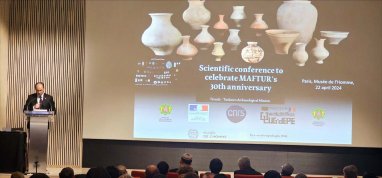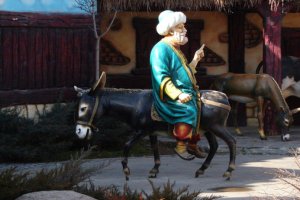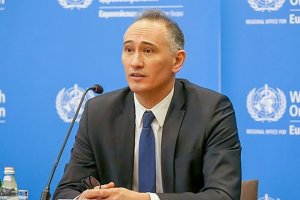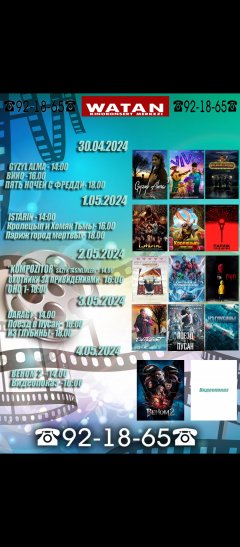A scientific and practical conference on the occasion of the 30th anniversary of Turkmen-French archaeological research was held yesterday in Paris within the framework of the cultural event “Magtymguly Fragi and the cultural heritage of Turkmenistan”.
According to the publication “Turkmenistan: Golden Age”, the forum was held in one of the famous museums in France, which is dedicated to the history of human development.
When summing up the results of the joint activities of scientists from the two countries, it was emphasized that the first French archaeological mission in Turkmenistan (MAFTUR) was founded in 1994 under an agreement between the French National Center for Scientific Research (CNRS) and the Academy of Sciences of Turkmenistan.
It was noted in the reports that, within the framework of this cooperation, the Turkmen-French archaeological group has been conducting excavations in the town of Ulug-Depe in the Kaahka etrap since 2001 and has been carrying out conservation and restoration work and research into the cultural layers of this archaeological site.

The beginning of this work was laid by the famous French archaeologist, Professor Olivier Leconte, who for many years led a joint expedition on the territory of modern Turkmenistan. The first project of French archaeologists was the town of Geokchik-Depe, which was a subculture of archaic Dehistan, dating back to the mid-2nd millennium BC.
As studies have shown, in the Dehistan settlement there were large settlements with a developed irrigation system; these ethnic complexes were the most advanced along the entire perimeter of Central Asia.
The forum also presented data on conservation work ongoing at Ulug-Depe in parallel with archaeological excavations aimed at preserving and museumifying the excavated areas.
As noted, at the MAFTUR archaeological base in the village of Dushak, with funds from the Leon Levy Foundation (USA), a special laboratory equipped with modern equipment for the conservation and restoration of archaeological finds was created. It is working on cleaning, preserving and restoring artifacts identified by archaeologists not only from Ulug-Depe, but also those monuments where other archaeological expeditions are working. In addition, the laboratory annually organizes training seminars for Turkmen restorers.
According to the unanimous opinion of the conference participants, the results of 30 years of activity give every reason to believe that this settlement occupied a strategic position in the center of the Kopetdag Plain during the last centuries of the first millennium BC.













